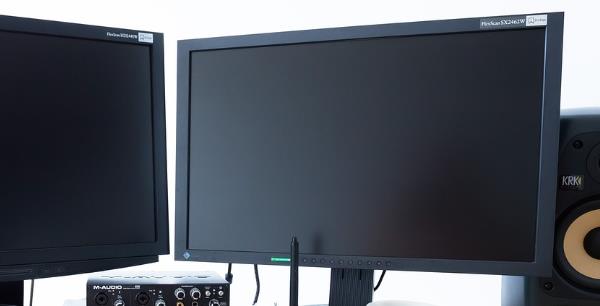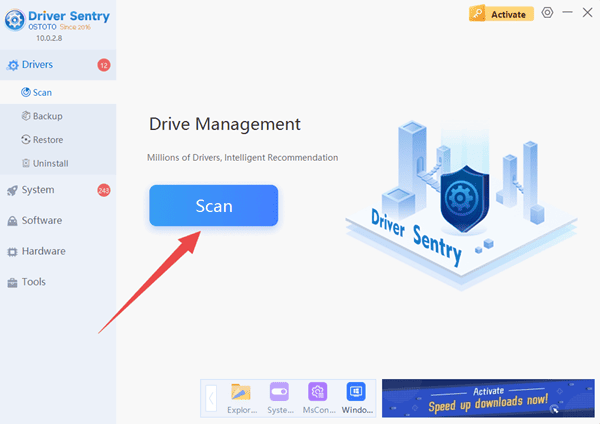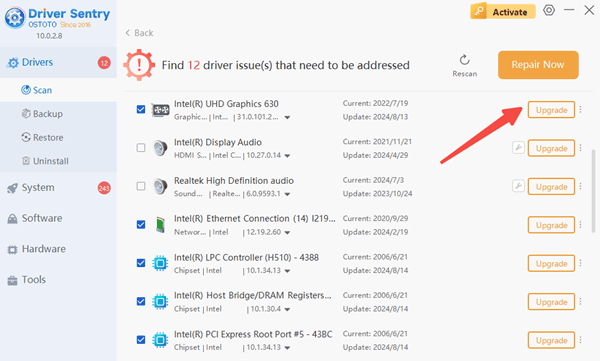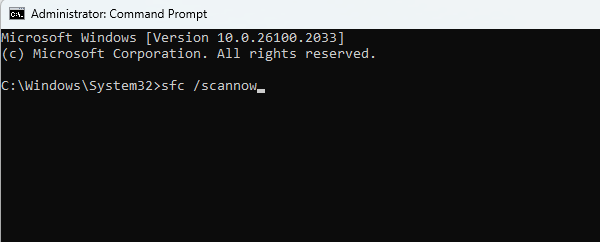
Encountering a green screen on your computer can be a frustrating experience. This issue often prevents normal use, affecting productivity and potentially leading to data loss. Here, we'll share several methods to help you restore your computer to normal operation.
Common Causes of the Green Screen
Understanding the causes of the green screen phenomenon is crucial for finding a solution. Green screens can occur due to several reasons:
1. Graphics Driver Issues: Incompatible or outdated graphics drivers may cause the system to fail in rendering graphics correctly, resulting in a green screen.
2. Hardware Failures: If there are issues with the graphics card or motherboard, this can lead to a green screen, especially during high-load operations.
3. System Errors: Updates or configuration mistakes within the Windows operating system can also trigger green screen issues.
4. Viruses or Malware: Certain viruses or malicious software can disrupt normal system functioning, leading to a green screen or other abnormal behaviors.

Steps to Fix the Green Screen
1. Restart Your Computer
The first step when facing a green screen is to restart your computer. Sometimes, a simple reboot can resolve temporary system errors or software conflicts.
2. Update Graphics Drivers
If a restart doesn't work, the next step is to check your graphics drivers. You can update your drivers using the following steps:
Download the "Driver Sentry" software, which can automatically identify your current graphics driver version and find the latest drivers for you.
Open Driver Sentry and click on the "Scan" option.

The software will automatically recognize your hardware model and suggest driver updates in a list. Find your graphics card and click the "Upgrade" button.

Wait for the installation to complete, then restart your computer to apply the changes.
3. Check Hardware Connections
If updating the graphics driver doesn't resolve the issue, check the internal hardware of your computer. Ensure that the graphics card and motherboard connections are secure and that there is no dust in the slots. Consider removing the graphics card, cleaning the connectors, and reinstalling it.
4. Enter Safe Mode
If the problem persists, try booting into Safe Mode:
Restart your computer and press the "F8" key during startup to select "Safe Mode".
Once in Safe Mode, you can uninstall recently installed software or drivers, or perform a system restore.
5. Check System Files
In Safe Mode, you can use the "Command Prompt" to check for corrupted system files: Type "sfc /scannow" and press Enter. The system will automatically scan and repair any damaged files.

6. Backup and Reinstall the Operating System
If none of the above methods work, it's advisable to back up your important data and consider reinstalling the operating system. This is the most thorough solution, clearing all possible errors.
Preventive Measures Against Green Screens
To avoid future green screen issues, you can take the following preventive steps:
Regularly use "Driver Sentry" to update your graphics drivers and ensure compatibility.
Install reliable antivirus software and conduct regular system scans.
Frequently back up important data to prevent loss.
Keep the inside of your computer clean to prevent dust buildup, which can lead to hardware failures.
While green screen issues are common, they can typically be resolved with the right methods and steps. We hope the solutions provided in this article help you restore your computer to normal use. If you encounter any driver-related issues, "Driver Sentry" can assist you in easily detecting and fixing them.
See also:
Why Is My Computer Screen Upside Down
How to Fix Screen Flickering Problem in Windows
How to get rid of black border on computer screen
The solution to computer blue screen reboot repeatedly